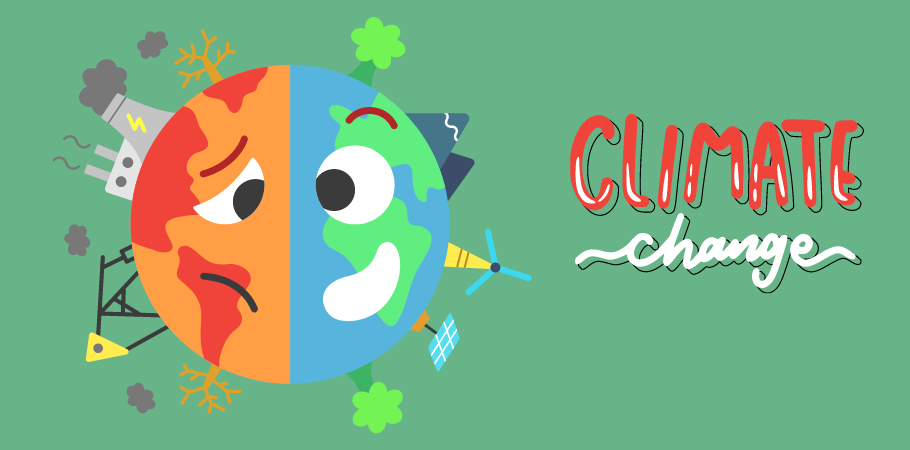
Net Zero and Carbon Neutral are the terms mentioned most frequently in recent years, and they are also frequently mixed. In fact, Carbon Neutral means the offset for carbon emissions generated directly. Meanwhile, Net Zero means the total emissions of all greenhouse gases are zero. Both are somewhat different.
This article provides a detailed explanation of both terms and a quick understanding of the differences between Net Zero and Carbon Neutral.
What is Net Zero?
Net Zero, or “Net Zero Emissions”, is an environmental goal that aims to reduce human-caused greenhouse gas emissions (such as CO2, CH4, N2O) to a level that is balanced with the Earth’s ability to absorb or remove emissions, to the point where the total net emissions are reduced to zero.
This requires reducing emissions from sources such as transportation, industrial production and power generation. Besides, it also requires increasing carbon sequestration through measures such as planting new forests, forest conservation, and carbon capture and storage (CCS) technologies.
The goal of achieving net-zero emissions aims to mitigate the impact of climate change under the Paris Agreement, with the hope of keeping global temperature rise below 2°C and efforts to limit warming to below 1.5°C above pre-industrial levels.
To achieve this, both governments, businesses, and individuals need to commit to reducing emissions and supporting solutions for carbon sequestration, creating a less carbon and more sustainable global economy.

Taking Ford Motor Company as an example, in order to achieve Net Zero, behaviors that need attention, in addition to electricity consumption and transportation, production and transportation of raw materials for steel and plastics, disposal of domestic waste generated by employees in the workplace, employee travel, gasoline burned when consumers use their vehicles, recycling scrap vehicles, landfills and incineration, and greenhouse gas emissions are generated by these behaviors.
The carbon emissions that are certainly left over from carbon reduction measures must be offset by creating carbon sinks such as afforestation, carbon capture, and sequestration instead of using carbon credits generated from carbon reduction results.
As a result, carbon neutrality is now being used as a short-term goal, and efforts are being made continuously to move towards Net Zero.
What is Carbon Neutral?
Carbon Neutral is the process of reducing carbon dioxide (CO2) emissions or other greenhouse gases from the environment to compensate for emissions already generated by human activities. The goal of carbon neutrality is to minimize the impact of human activities on climate change and promote sustainable development. Do this by purchasing enough Carbon offset credits to make a difference.
For example, direct sources of carbon emissions at Ford Motor Company may include fuel for the transportation of vehicle parts and finished products, internal thermal power generation, and the landfill and incineration of factory-generated waste. When carbon credits are purchased under the same quota, this carbon footprint can meet PAS 2060 or other standards, and carbon offsets can be conducted. These carbon credits can then be canceled to achieve carbon neutrality.
Because the company can control the sources of carbon emissions directly, the calculation is relatively easy. And since the current market price of carbon credits is inexpensive, it can be easier to achieve carbon neutrality.
This is the first step towards Net Zero. However, in order to use carbon offsets, it is important that the company first takes measures to reduce its carbon footprint. Beside that, it must avoid falling into bribery to cover up its high carbon footprint.
Difference between Net Zero and Carbon Neutral
The main differences between Net Zero and Carbon Neutral are described below:
- While Net Zero is associated with all greenhouse gases, Carbon Neutral is only associated with carbon dioxide.
- The emission behavior that Carbon Neutral is concerned about is only the amount of direct emissions that an organization or individual can control, while Net Zero includes third-party behaviors related to emitting entities.
- Net Zero requires the creation of actual carbon sinks, and carbon offsets are conducted in a more rigorous manner. Whereas Carbon neutrality of the remaining carbon emissions after organizations or individuals take carbon reduction measures can be achieved through carbon credits and offsets.
- In principle, Net Zero can scale to a national and even global level. Meanwhile, Carbon Neutral has a comparatively smaller scope and focuses on a single product, service, or company.
In short, Carbon Neutral levels are easier to achieve than Net Zero and are often used as short-term goals.
Why Must We Achieve Net Zero or Carbon Neutral?
Climate change is one of the most serious problems facing humanity. It will lead to droughts, floods, record-high and low temperatures, rising sea levels, species extinctions and other natural disasters, threatening food, water security and habitats.
According to the 2023 Global Risk Report released by the World Economic Forum (WEF), the three most serious risks in the next 10 years are “Failure to mitigate climate change”, “Failure to adapt to climate change” and “Natural disasters and extreme events”. weather events”.

Climate change is a result of the greenhouse effect. And the huge amount of greenhouse gases emitted after the industrial revolution is undoubtedly related to it. Only achieving Carbon Neutral and Net Zero levels can further limit the threat of the greenhouse effect.
According to the IPCC Special Report on Global Warming of 1.5°C (SR15), when global temperatures increase by 1.5°C, extreme temperatures at medium latitudes will increase by 3°C; when global temperatures rise by 2°C. Extreme temperatures at the same latitude will increase by 4°C along with heavy rainfall and flooding around the globe. As a result, it brings even more risks to our health, livelihoods, food security, water resources, and economies.
We can eliminate human-made greenhouse gas emissions through Net Zero and Carbon Neutral. These are useful in reducing global warming, preventing the harm that extreme climate brings to human security and economic development.


